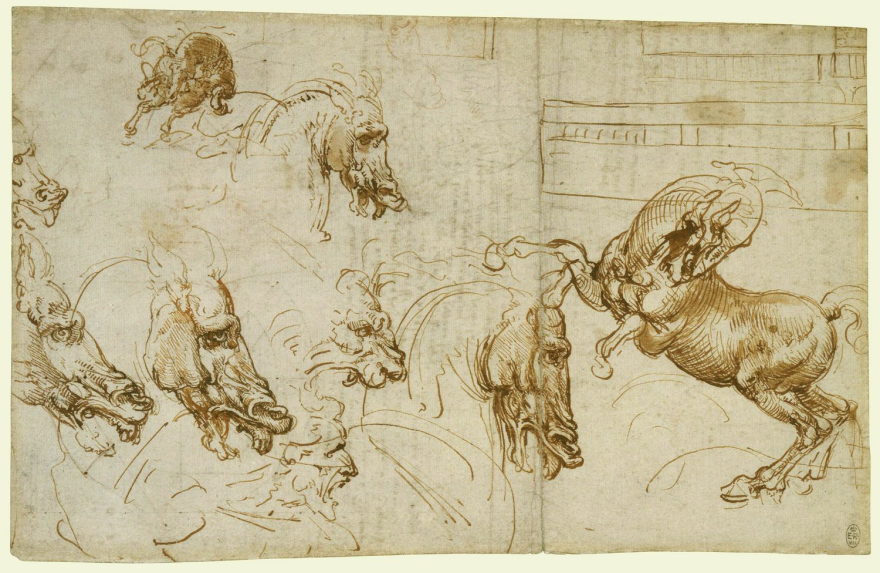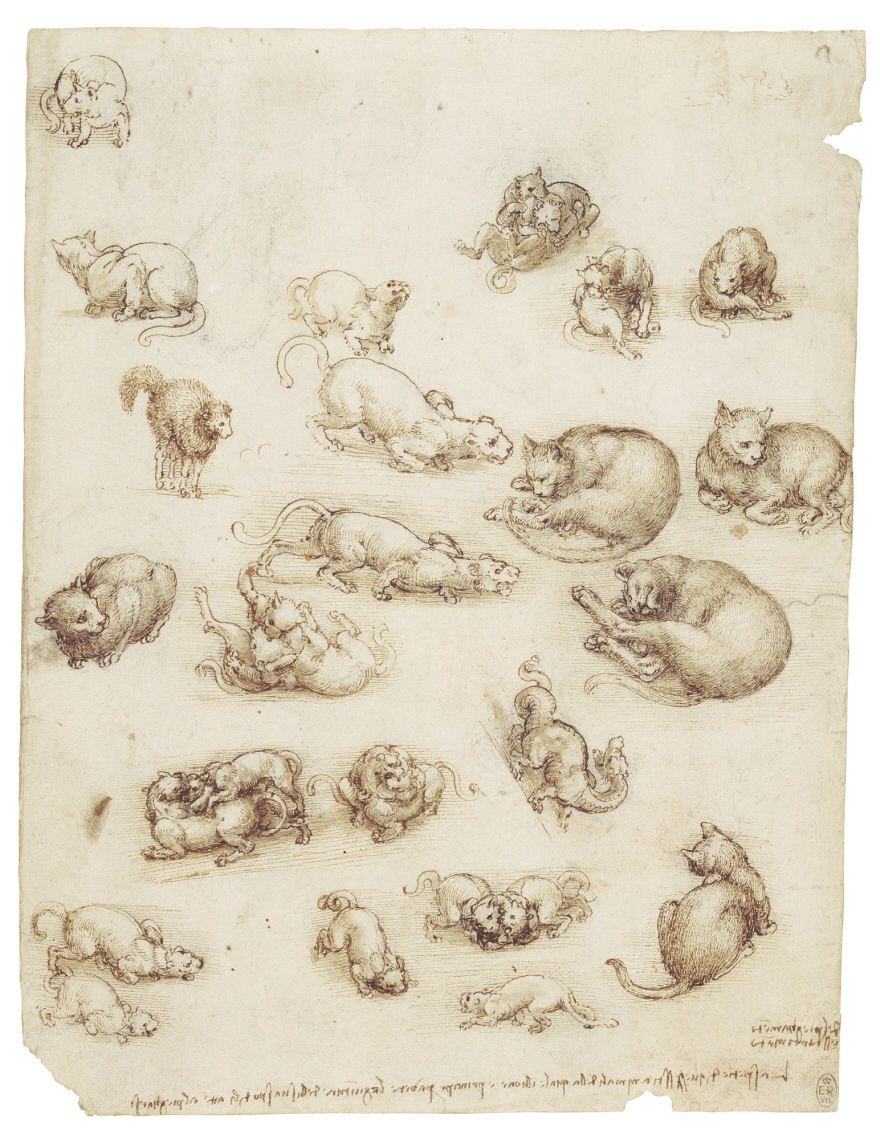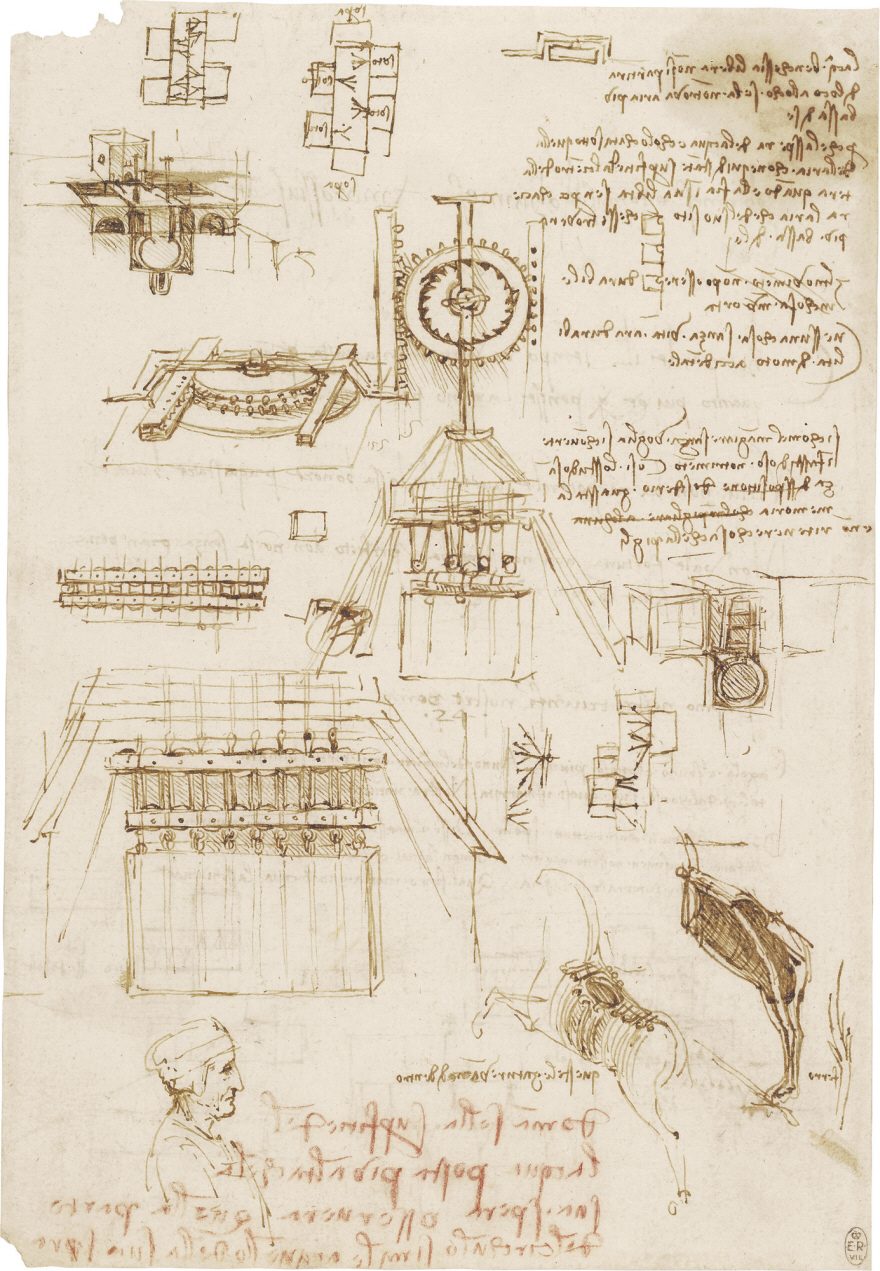[Most Recent Entries] [Calendar View]
Thursday, March 25th, 2021
| Time | Event |
| 8:00a | How Sounds Are Faked For Nature Documentaries: Meet the Artists Who Create the Sounds of Fish, Spiders, Orangutans, Mushrooms & More We think of nature documentaries as primarily visual works. As well we probably should, given the countless, mostly dull and uncomfortable hours spent in the field they demand of their photography crews. But what comes to mind when we imagine the sound of nature documentaries — apart, of course, from the voice of David Attenborough? Listen closely during the breaks in his narration of such hit nature series as Planet Earth or Our Planet, and you’ll hear all manner of sounds: the sound of sharks swimming, of orangutans chewing, of spiders shooting their webs, of mushrooms sprouting. Hang on — mushrooms sprouting? Nature documentaries, as narrator Abby Tang says in the Insider video above, are full of “sounds that would either be impossible to capture, or ones that are straight-up made up.” In this they differ little from scripted films, whose actual shoots usually manage to record only the actors’ dialogue, if that. Working in the wild, far indeed from any studio, nature documentarians “might actually be shooting a subject matter that’s across a valley, or they’ll capture objects normally too small to have a registered noise to it.” Hence the need for a category of professionals previously featured here on Open Culture: foley artists, those inventive creators of footsteps, door-knocks, punches, sword-unsheathings, and all the other sounds viewers expect to hear. Here foley artist Richard Hinton demonstrates his methods for breathing sonic life into a range of nature scenes. A shoal of mackerel? Old magnetic audio tape sloshed around in a tub of water. The vibrations of a spiderweb? A slinky, held perilously close to the microphone. The northern lights? A pair of cymbals and a set of wind chimes. Often, just the right sound emerges from those of two distinct objects layered together, a principle known to foley artists since the early days of radio drama. In fact, though foley sounds today go through a fair bit of digital editing and processing to make them more convincing, the tools and techniques used to produce them have changed little since those days. The next time you watch a bear onscreen open its eyes after months-long hibernation, consider the possibility that you’re hearing an Englishman making noises with scraps of fur and his mouth. Related Content: Chill Out to 70 Hours of Oceanscape Nature Videos Filmed by BBC Earth How the Sounds You Hear in Movies Are Really Made: Discover the Magic of “Foley Artists” How the Sound Effects on 1930s Radio Shows Were Made: An Inside Look Based in Seoul, Colin Marshall writes and broadcasts on cities, language, and culture. His projects include the Substack newsletter Books on Cities, the book The Stateless City: a Walk through 21st-Century Los Angeles and the video series The City in Cinema. Follow him on Twitter at @colinmarshall or on Facebook. How Sounds Are Faked For Nature Documentaries: Meet the Artists Who Create the Sounds of Fish, Spiders, Orangutans, Mushrooms & More is a post from: Open Culture. Follow us on Facebook, Twitter, and Google Plus, or get our Daily Email. And don't miss our big collections of Free Online Courses, Free Online Movies, Free eBooks, Free Audio Books, Free Foreign Language Lessons, and MOOCs. |
| 6:14p | Street Artist Creates an Optical Illusion That Lets People See the Art Inside a Shuttered Museum in Florence JR concludes on a wan note of hopefulness: “we still have the freedom to dream, to create, to envision the future,” he writes. “Maybe it’s not much, but we have that!” Maybe we’ll also have more public art installations in place of indoor galleries and museums, and more artists bringing their work to the streets, “the largest art gallery in the world,” JR has said, and one that can’t be locked down or put out of business by a virus or the ravages of the market. via My Modern Met Related Content: A New Digital Archive Preserves Black Lives Matter & COVID-19 Street Art Banksy Debuts His COVID-19 Art Project: Good to See That He Has TP at Home A Biostatistician Uses Crochet to Visualize the Frightening Infection Rates of the Coronavirus Josh Jones is a writer and musician based in Durham, NC. Follow him at @jdmagness Street Artist Creates an Optical Illusion That Lets People See the Art Inside a Shuttered Museum in Florence is a post from: Open Culture. Follow us on Facebook, Twitter, and Google Plus, or get our Daily Email. And don't miss our big collections of Free Online Courses, Free Online Movies, Free eBooks, Free Audio Books, Free Foreign Language Lessons, and MOOCs. |
| 9:00p | How Leonardo da Vinci Made His Magnificent Drawings Using Only a Metal Stylus, Pen & Ink, and Chalk The modern artist has what can seem like an unlimited range of materials from which to choose, a variety completely unknown to great Renaissance masters like Leonardo da Vinci. Few, if any, can say, however, that they have anything like the raw talent, ingenuity, and discipline that drove Leonardo to draw incessantly, constantly honing his techniques and exploiting every use of the tools and techniques available to him. What were those tools and techniques? Conservator Alan Donnithorne demonstrates Leonardo’s materials in the video above, with examples from the holdings of the Royal Collection at Windsor Castle. Leonardo “drew incessantly,” the Royal Collection Trust writes, “to devise his artistic projects, to explore the natural world, and to record the workings of his imagination.” He used metalpoint, a method of drawing on coated paper with a metal stylus; pen and ink, with pens made from a goose wing feather; and, after the 1490s, red and black chalks.
Leonardo produced thousands of drawings during his lifetime“many of them of extreme beauty and complexity,” says Donnithorne, “and it’s incredible to think that he produced them using these very simple ingredients.” The Royal Collection owns around 550 of these drawings, “together as a group since the artist’s death in 1519,” when he bequeathed them to his student, Francesco Melzi. These works “provide unparalleled insight,” the Collection writes, “into the workings of Leonardo’s mind and reflect the full range of his interests, including painting, sculpture, architecture, anatomy, engineering, cartography, geology, and botany.”
The restlessness of Leonardo’s mind and hand also reflect the need to move quickly from project to project as he pursued some commissions and abandoned others. “Across all these themes,” however, Christopher Baker, director of European and Scottish Art and Portraiture at the National Galleries of Scotland, sees “a ravishing range of techniques and materials…. The precision required by metalpoint proved especially appropriate for some of his most incisive human or animal observations, while iron gall ink and red and black chalks allowed an exploratory freedom fitting for compositional trials, fictive works or capturing movement.”
The artist’s “prodigious skills” are evident among his many shifts in style and subject and we see even in utilitarian illustrations how “he overturned so many conventions and sometimes mixed his media to wonderful effect.” Leonardo’s choice of media was hardly expansive compared to the dizzyingly colorful aisles that greet the budding artist at art supply stores today. But what he could do with a stylus, goose-quill pen, and chalk has never been equalled. Learn more about how he used his materials in Donnithorne’s book, Leonardo da Vinci: A Closer Look, published on the 500th anniversary celebrations of Leonardo’s death. via Core77 Related Content: Leonardo da Vinci’s Elegant Studies of the Human Heart Were 500 Years Ahead of Their Time Josh Jones is a writer and musician based in Durham, NC. Follow him at @jdmagness How Leonardo da Vinci Made His Magnificent Drawings Using Only a Metal Stylus, Pen & Ink, and Chalk is a post from: Open Culture. Follow us on Facebook, Twitter, and Google Plus, or get our Daily Email. And don't miss our big collections of Free Online Courses, Free Online Movies, Free eBooks, Free Audio Books, Free Foreign Language Lessons, and MOOCs. |
| << Previous Day |
2021/03/25 [Calendar] |
Next Day >> |




